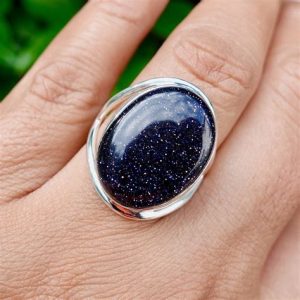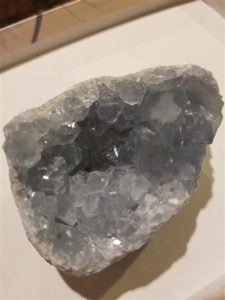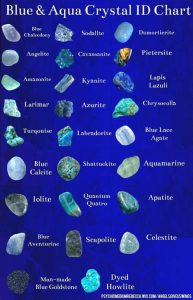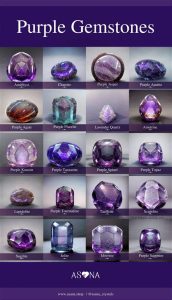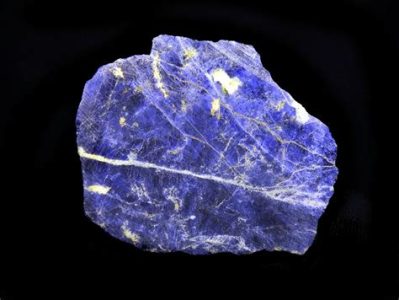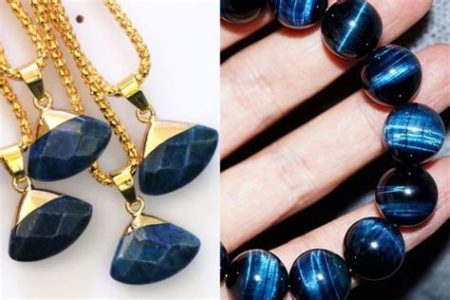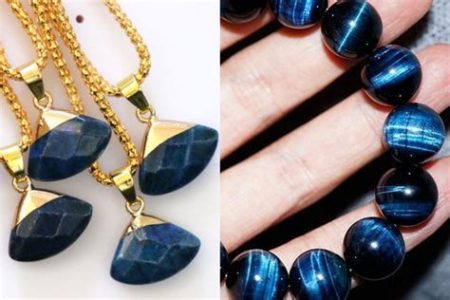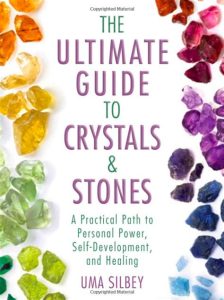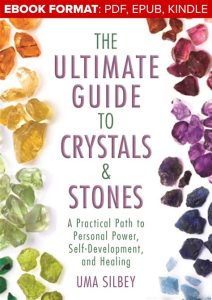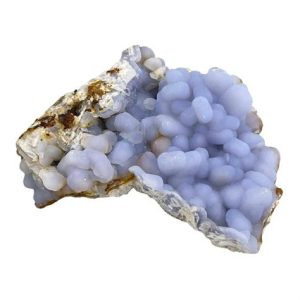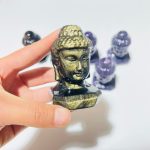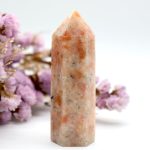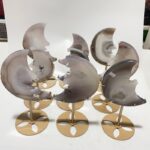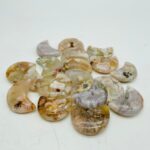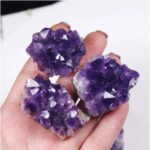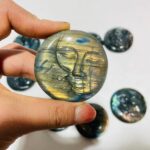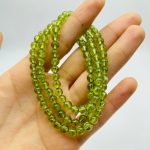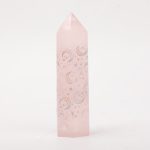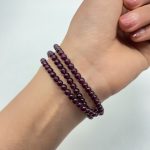Introduction
Moonstones, with their otherworldly shimmer and enigmatic allure, have captivated hearts for centuries. Their unique play of light, known as adularescence, evokes the mystical glow of the moon, making them prized by jewelers and collectors alike. However, beneath their ethereal beauty lies a fascinating diversity of types, each with its own distinct characteristics and allure.
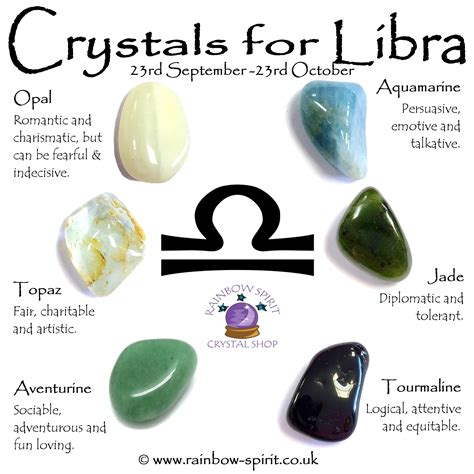
Types of Moonstone
-
Rainbow Moonstone: The most prized and sought-after variety, rainbow moonstone exhibits a vivid play of iridescent colors, resembling a celestial rainbow trapped within the stone. Its adularescence is particularly strong, creating an ethereal glow that makes it highly coveted in jewelry.
-
Blue Moonstone: As its name suggests, blue moonstone shimmers with a soft, ethereal blue hue, reminiscent of the moonlit sky. Its adularescence is more subtle than that of rainbow moonstone, but its calming and serene energy makes it a popular choice for those seeking peace and tranquility.
-
White Moonstone: With its milky white appearance, white moonstone exudes a gentle and calming energy. Its adularescence is less pronounced than other varieties, but it still possesses a subtle play of light that adds a touch of magic to any piece of jewelry.
-
Peach Moonstone: A warm and inviting variety, peach moonstone glows with a soft peachy hue. Its adularescence is more subdued than that of blue or rainbow moonstone, but it adds a touch of warmth and femininity to any design.
-
Black Moonstone: A rare and enigmatic variety, black moonstone shimmers with a dark, almost metallic luster. Its adularescence is very subtle, but it adds a touch of mystery and allure to any piece of jewelry.
Comparison of Moonstone Types
| Feature | Rainbow Moonstone | Blue Moonstone | White Moonstone | Peach Moonstone | Black Moonstone |
|---|---|---|---|---|---|
| Color | Iridescent rainbow hues | Soft blue hue | Milky white | Soft peachy hue | Dark, metallic luster |
| Adularesence | Strong | Subtle | Subdued | Subdued | Very subtle |
| Energy | Ethereal, magical | Calming, serene | Gentle, calming | Warm, feminine | Mysterious, alluring |
Healing Benefits and Uses of Moonstone
Moonstones are not only visually captivating but also believed to possess a range of healing benefits. They are associated with the moon and the feminine energy, and are said to promote emotional balance, intuition, and spiritual growth.
-
Emotional Balance: Moonstones are believed to soothe emotional turmoil and promote inner peace. They are said to help regulate emotions, reduce stress, and alleviate anxiety.
-
Intuition and Insight: Moonstones are said to enhance intuition and provide clarity. They are believed to help connect with one’s inner self and access deeper wisdom and understanding.
-
Spiritual Growth: Moonstones are said to promote spiritual growth and connection to the divine. They are believed to help open the chakras and facilitate communication with the spiritual realm.
In addition to their healing properties, moonstones are also popular in jewelry and decorative arts. Their ethereal beauty and versatility make them a popular choice for necklaces, earrings, bracelets, and rings. They are also used in carvings, sculptures, and other decorative items.
Common Pitfalls to Avoid When Using Moonstone
-
Overexposure to Light: Moonstones can be sensitive to prolonged exposure to sunlight or artificial light, which can cause them to fade or discolor. It is important to store moonstones in a dark, cool place when not in use.
-
Harsh Chemicals: Avoid using harsh chemicals or detergents to clean moonstones. Instead, use a soft cloth and a mild soap solution to gently remove any dirt or debris.
-
Rough Handling: Moonstones are relatively soft and can be easily scratched or damaged. Avoid wearing them during activities that could cause them to be bumped or knocked around.
The Future of Moonstone
The allure of moonstone has endured for centuries, and its popularity is expected to continue growing in the years to come. As people become more interested in crystals and gemstones for their healing and spiritual benefits, the demand for moonstone is likely to increase.
Additionally, new technologies and innovations are opening up new possibilities for using moonstone in jewelry and decorative arts. For example, laser engraving techniques can be used to create intricate designs on moonstone, adding a touch of modern sophistication to traditional pieces.
Case Study: Moonstone vs. Labradorite
Moonstone and labradorite are two similar gemstones that are often confused with one another. However, there are some key differences between the two.
| Feature | Moonstone | Labradorite |
|---|---|---|
| Color | Rainbow hues, blue, white, peach, black | Gray, green, blue, yellow, orange |
| Adularesence | Yes | Yes, but more pronounced |
| Energy | Ethereal, calming | Protective, grounding |
Moonstone is typically associated with the moon and the feminine energy, while labradorite is associated with the sun and the masculine energy. Moonstone is believed to promote emotional balance and intuition, while labradorite is believed to protect against negative energy and provide grounding.
Application: Moonstone Energy Jewelry
In recent years, there has been a growing trend towards using crystals and gemstones in jewelry for their healing and spiritual benefits. Moonstone, with its calming and intuitive energy, is a popular choice for creating energy jewelry.
Moonstone energy jewelry is designed to promote emotional balance, reduce stress, enhance intuition, and facilitate spiritual growth. It can be worn in a variety of forms, such as necklaces, bracelets, earrings, and rings.
Conclusion
Moonstones are truly mesmerizing gemstones that have captivated hearts and imaginations for centuries. With their ethereal beauty, healing properties, and versatility, they continue to be a popular choice for jewelry, decorative arts, and spiritual practices. As the demand for moonstone grows in the years to come, new innovations and applications are likely to emerge, further enhancing the allure of these enchanting stones.

